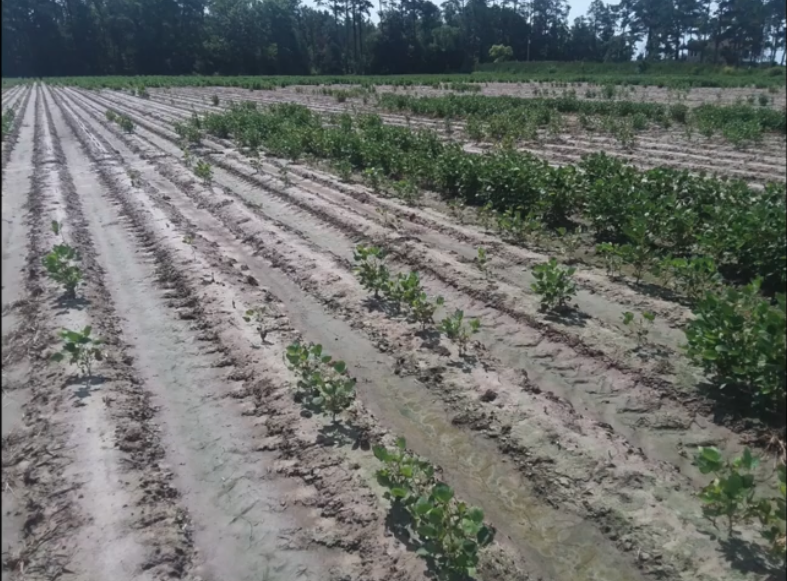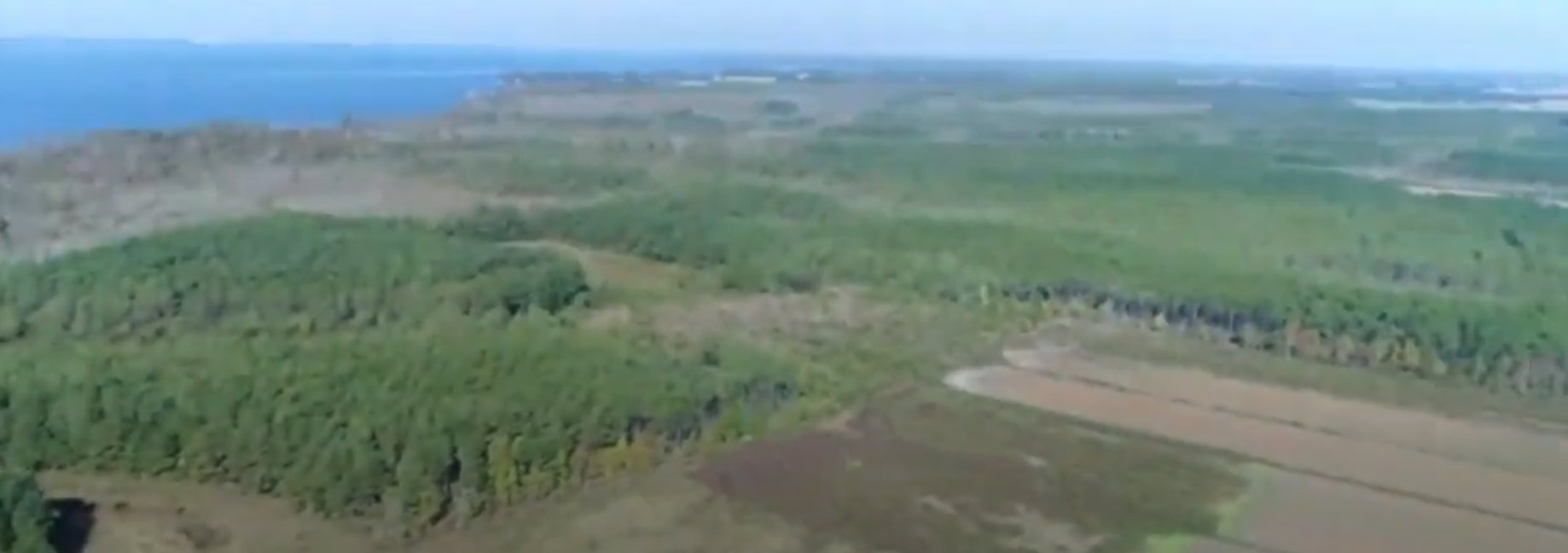Salt Water Is Fine for the Ocean, But….
go.ncsu.edu/readext?853747
en Español / em Português
El inglés es el idioma de control de esta página. En la medida en que haya algún conflicto entre la traducción al inglés y la traducción, el inglés prevalece.
Al hacer clic en el enlace de traducción se activa un servicio de traducción gratuito para convertir la página al español. Al igual que con cualquier traducción por Internet, la conversión no es sensible al contexto y puede que no traduzca el texto en su significado original. NC State Extension no garantiza la exactitud del texto traducido. Por favor, tenga en cuenta que algunas aplicaciones y/o servicios pueden no funcionar como se espera cuando se traducen.
Português
Inglês é o idioma de controle desta página. Na medida que haja algum conflito entre o texto original em Inglês e a tradução, o Inglês prevalece.
Ao clicar no link de tradução, um serviço gratuito de tradução será ativado para converter a página para o Português. Como em qualquer tradução pela internet, a conversão não é sensivel ao contexto e pode não ocorrer a tradução para o significado orginal. O serviço de Extensão da Carolina do Norte (NC State Extension) não garante a exatidão do texto traduzido. Por favor, observe que algumas funções ou serviços podem não funcionar como esperado após a tradução.
English
English is the controlling language of this page. To the extent there is any conflict between the English text and the translation, English controls.
Clicking on the translation link activates a free translation service to convert the page to Spanish. As with any Internet translation, the conversion is not context-sensitive and may not translate the text to its original meaning. NC State Extension does not guarantee the accuracy of the translated text. Please note that some applications and/or services may not function as expected when translated.
Collapse ▲Of all the earth’s water, 97.5 percent is saline (salty) and 2.5 percent of it is fresh. Humans need a certain amount of salt for good health, but they cannot survive on saline drinking water. Also, most terrestrial plants cannot survive without freshwater, but there are some plants that can survive in a somewhat saline environment.
What is the difference between freshwater and salt (saline) water? According to the United States Geological Survey, water with salt levels up to 1,000 parts per million (ppm) is considered fresh. Above that value, the categories are slightly saline, moderately saline, and highly saline water with increasing levels of salt. The water in the ocean is classified as highly saline with 35,000 ppm of salt.
When saline water from the oceans, and sounds mix with fresh water and then moves into the groundwater and/or moves over land as occurs with high tides or storm surges, it is known as salt water intrusion. Many of the coastal regions of the United States are impacted by the presence of salt water intrusion.
With the part of North Carolina we live in, all the processes involved with salt water intrusion can occur because we are adjacent to saline surface waters such as the sounds as well as near sea level. These geographical characteristics is also why our spot on the earth is called the tidewater region.
In the tidewater regions of North Carolina, there is a growing number of acres of forest land, marshes and crop land being impacted by salt water intrusion. There are ghost forests that are the result of soils becoming so salty that large numbers of dead trees are left standing. Also, many acres of crop land have been abandoned because the soil is so salty that many of our traditional crops can not be grown.
The presence of salt water intrusion has even been identified north of the Albemarle Sound with farm land. A collaborative team (Salt Water Intrusion Team) comprised of researchers from the Geology Department of East Carolina University, Extension specialists and agents with N.C. State Extension, was formed in the spring of 2018 to study the situation. On August 27, 2021, a program was conducted to share with the public the findings of this collaborative team and since then recordings of each of the presenters have been posted on the internet for the public to view.
If you would like to learn more about the findings of the Salt Water Intrusion Team for northeast North Carolina, then use the following link to view the videos:
Play LIst of Videos Presentations On Salt Water Intrusion
For additional information on this topic, use the following links:





